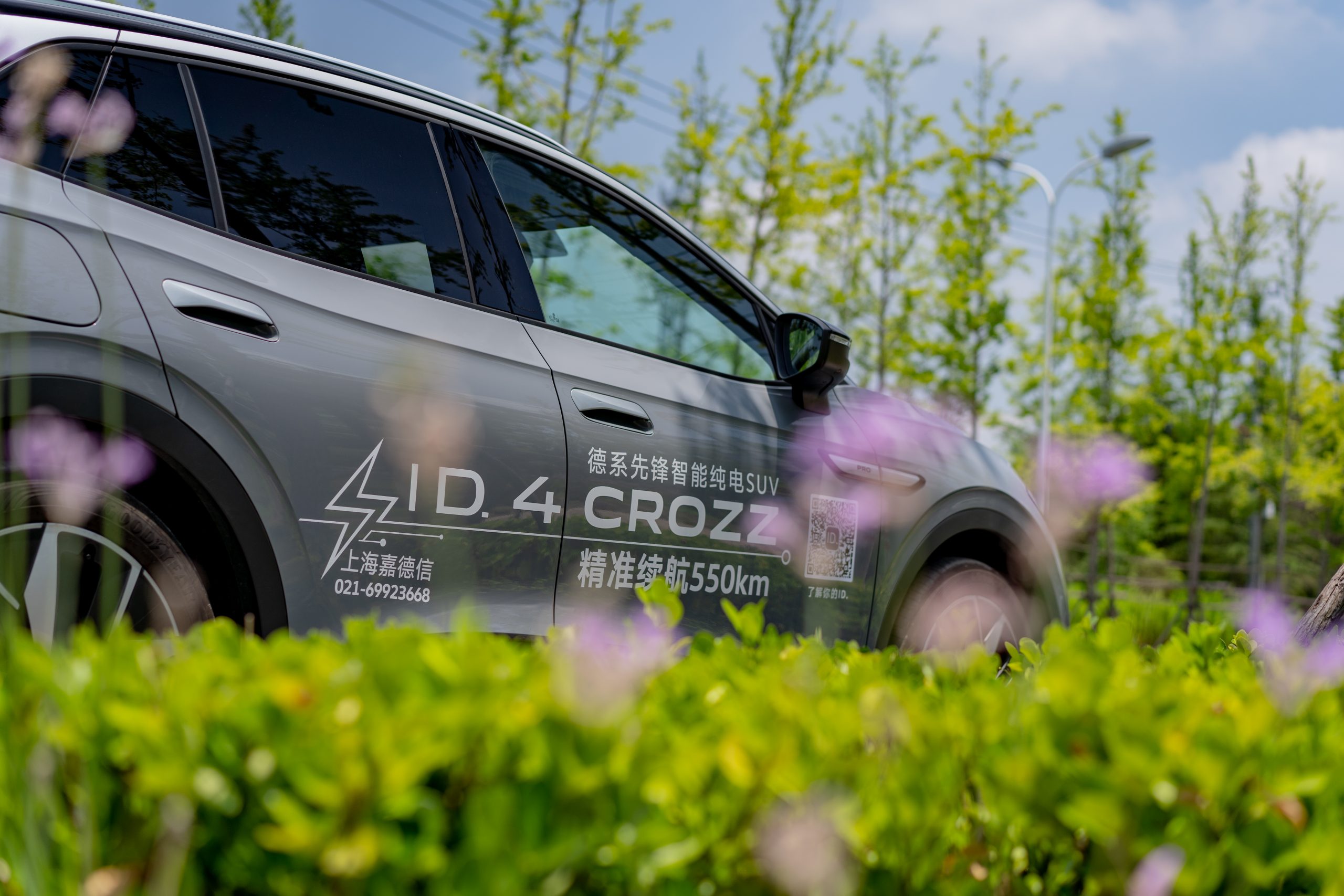Introduction: A friend from Garage 42 contacted me to offer a deep test drive of the FAW-Volkswagen ID.4 CROZZ. As a long-time owner of new energy vehicles, it was exciting to experience different brands and products. Volkswagen, as an old-school traditional car enterprise, began deploying modular pure electric MEB platforms in 2015. The ID.4 CROZZ is the first compact pure electric SUV and it is quite interesting.
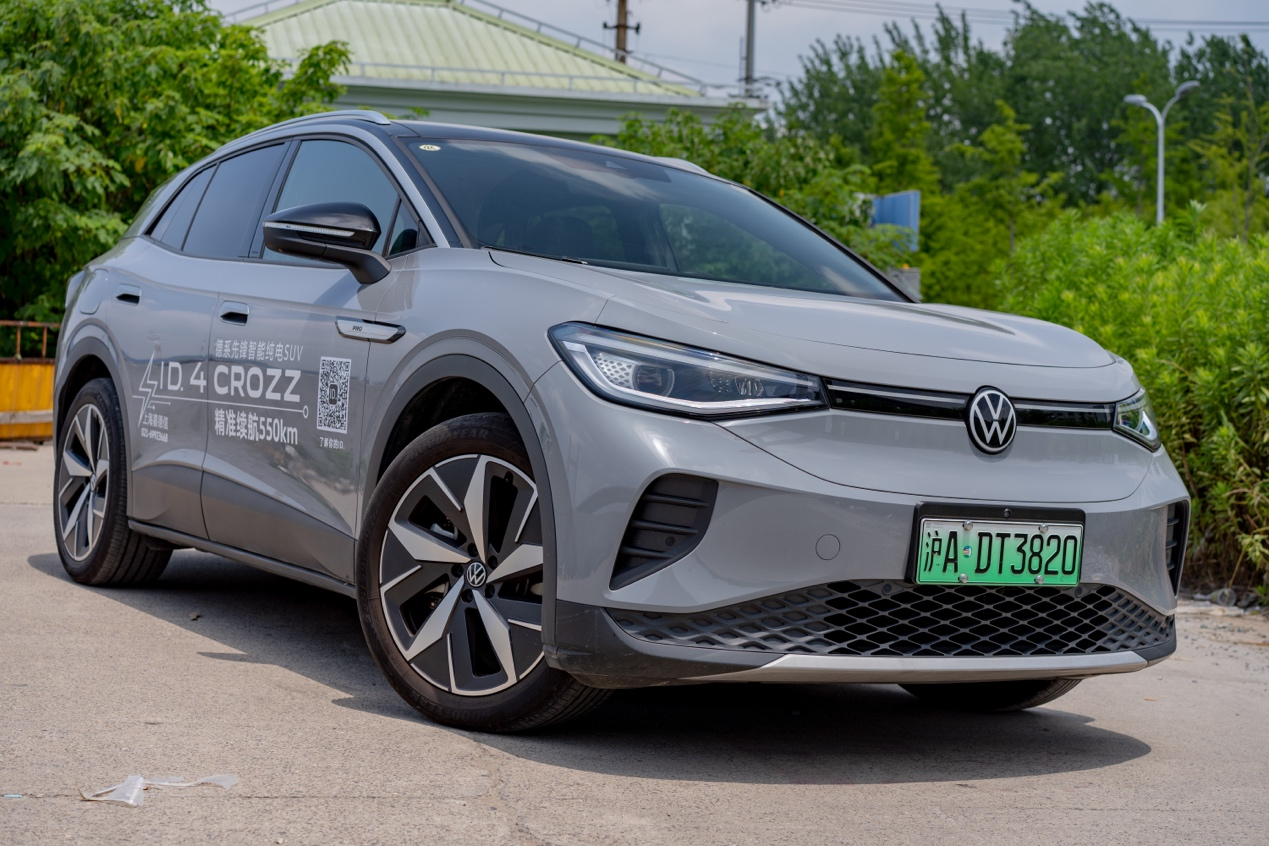
Exterior
In terms of appearance, it is consistent with the design of most new energy vehicles, featuring a closed front face design that incorporates Volkswagen’s family design language. The car also features functional lighting, with an animation of the headlights when unlocking or approaching the vehicle, and the headlight modules on both sides greet you, as if the car is saying hello with its eyes. The tail is similar to the front face and has an animation that wakes up when approaching, making it very aesthetically pleasing when illuminated at night.
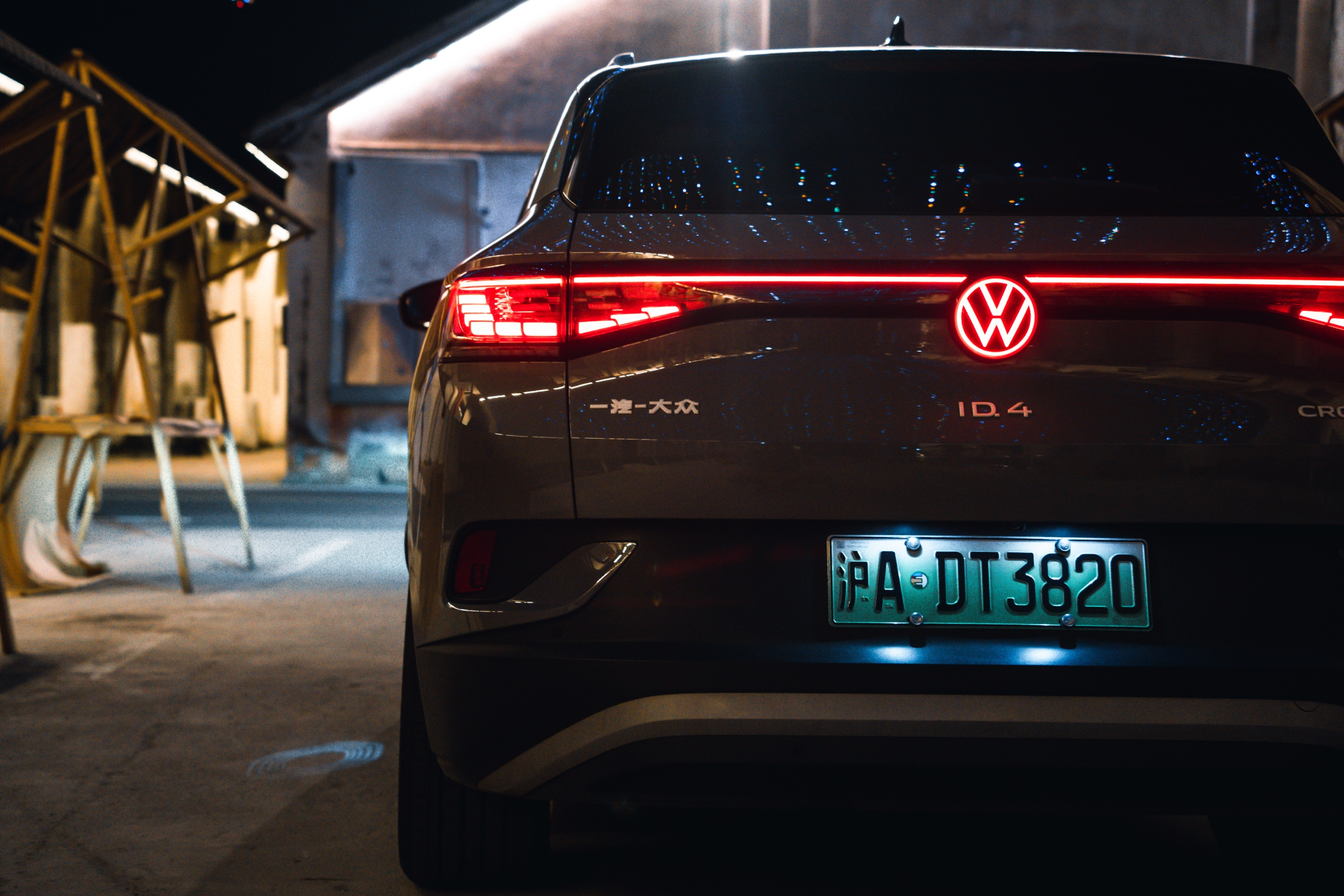
Rear of the car
There is an electric tailgate at the rear and the trunk space is very large. Whether it’s for shopping or camping, the trunk is fully sufficient. Moreover, there are two small lights on both sides, making it easier to see what’s in the trunk at night or in dimly lit parking lots. However, when the rear seats are completely folded down, it is not possible to achieve a completely flat state with the trunk.
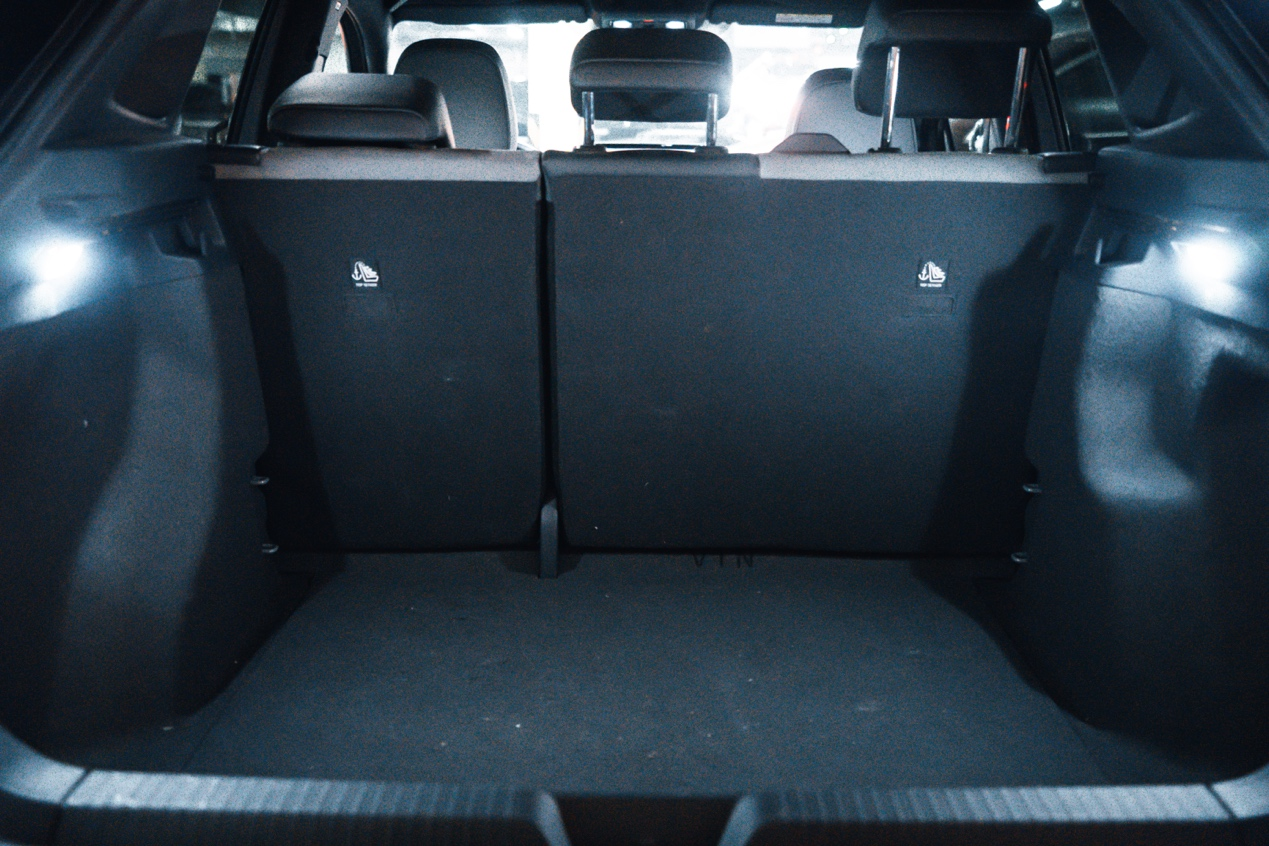
Cabin
——There are not many screens in the car compared to the common new energy vehicles in recent years. There are only two screens, the instrument panel display and the central control display above it. The size is not large, but the resolution is high. The instrument panel is connected with the steering wheel, and when the steering wheel is adjusted, the instrument panel will also adjust accordingly. The steering wheel uses capacitive buttons with very good vibration feedback. The car’s interface style is simple and the basic functions such as navigation and music are functional. It supports CarPlay, which brings an excellent user experience to iPhone users. There are 30 selectable ambient lights. There is a very thin light strip under the front windshield. When navigating or charging, the unique lights interact with the driver. Equipped with panoramic glass, wireless charging board, and the central storage space is very available. The heated steering wheel and heated massage seat are all included, but ventilation is the only feature missing. It is hoped that it will be added to future models. The car looks small from the outside, but surprisingly, the legroom in the second row is ample.
Range
The battery is equipped with an 84.4 kW NCM battery from CATL. The NEDC range is about 550 km, and running 500 km when fully charged is not a problem in actual driving. This car has a very intelligent range algorithm. After driving for 30 minutes, the algorithm can accurately determine the driving habits, thereby obtaining more accurate range. It is highly praised!
Driving
The driving mode is divided into four types: economy, comfort, sport, and personalization. In actual testing, the comfort and sport modes have better driving experience, and the economy mode is mainly for power-saving and does not provide the best experience. In addition to the conventional DNR mode, there is also a B gear strong recovery mode, which sets a stronger energy recovery by adjusting the lever to the B gear. At this time, the control of the pedal is completely dependent on the foot force. The suspension tuning is relatively comfortable. If encountering bumps, there is still some residual shock at the rear, the steering is very stable, linearly done, and the quality is very high. The initial stage of the brake pedal is not particularly linear, and the recovery power is strong but cannot be modified. So when completely releasing the accelerator pedal, it gives a very strong braking force and a sudden brake feeling. The front end is a bit soft in the journey, perhaps to reserve space for the energy recovery system, but it is definitely difficult to adapt to at the beginning.Equipped with level L2 advanced driving assistance, blind spot detection, ACC adaptive cruise control system and other functions, this is also a habit of traditional car companies, which has not provided more intelligent and higher driving assistance. These are good enough and can also be improved in terms of safety.
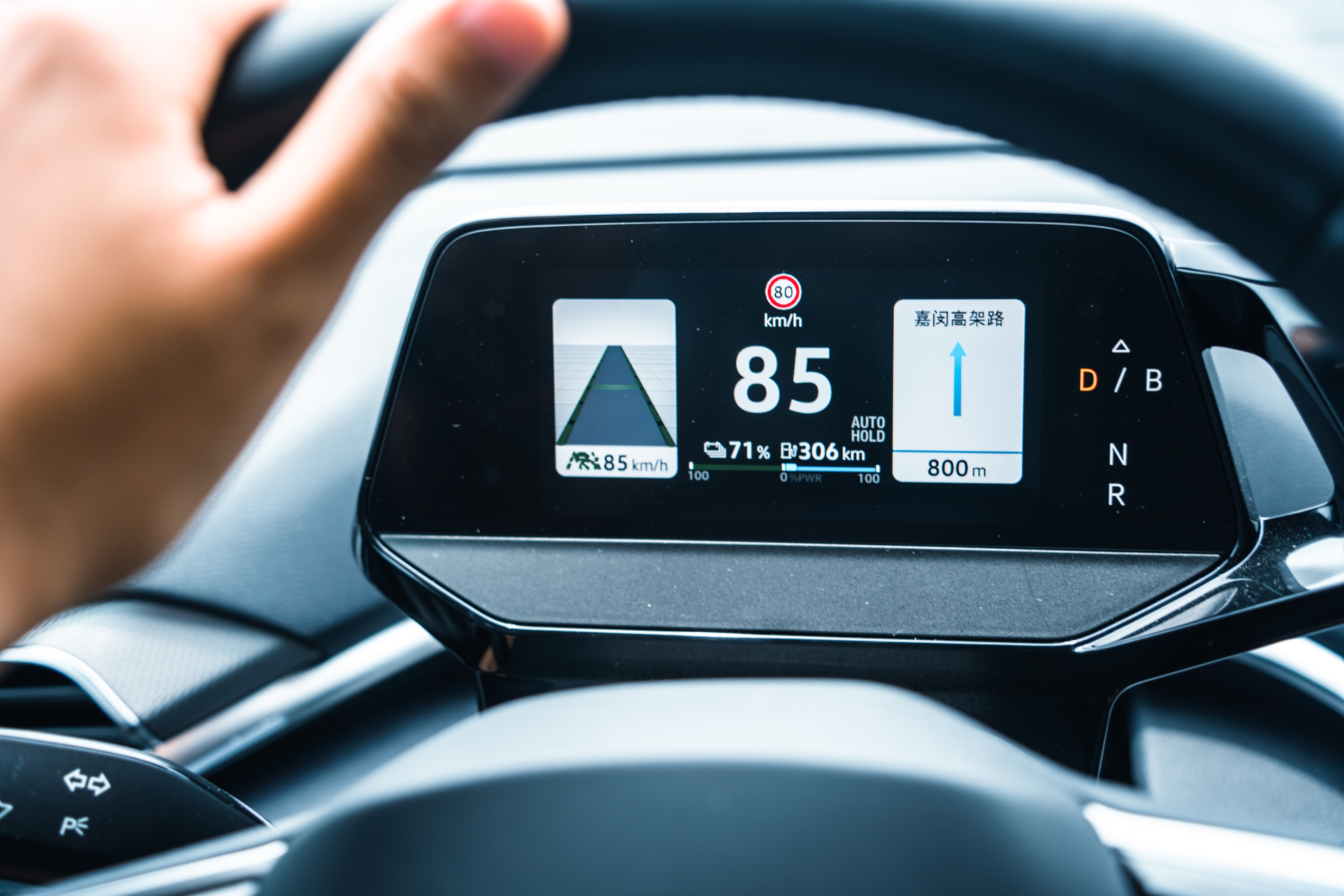
Cons
It seems that the problem of slipping on slopes has not been solved well. Even the smallest slope requires stepping on the brake pedal to the bottom. Light stepping does not work;
The acceleration from 0 to 100 kilometers per hour is 8.5 seconds, which is barely acceptable in new energy vehicles, and is average;
The gear shifting operation is very awkward, as it has been changed from the Y gear, and it is necessary to think about how to shift every time when reversing or driving forward;
The single-layer glass design has some problems with sound insulation and wind noise.
After running in for three days, I have to say that I have adapted to this car, and the above-mentioned shortcomings are slowly being adapted too. Perhaps it is necessary to gradually cultivate driving habits for different cars. During these three days, I also ran and tested it at 120 kilometers per hour on the highway, and the chassis was really comfortable. There is no overstatement in terms of battery performance. Even with only 2% battery, it can easily accelerate to overtake, and it can still run with 0% battery. Maybe I will consider buying an ID series car in the future.
This article is a translation by ChatGPT of a Chinese report from 42HOW. If you have any questions about it, please email bd@42how.com.
